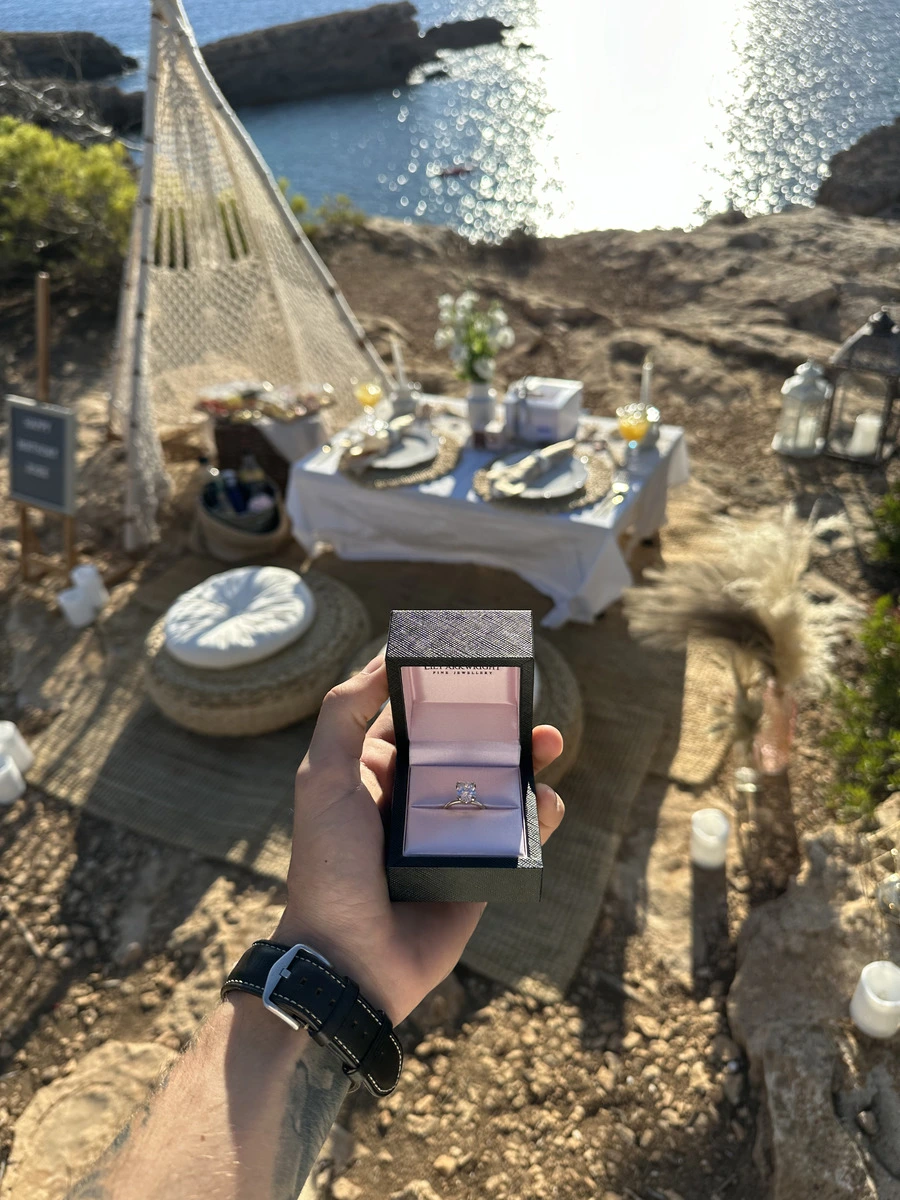In recent years, a remarkable trend has emerged in the world of fashion accessories-particularly in fine jewelry. The revival of vintage styles in contemporary jewelry design is gaining momentum, drawing on the elegance and romanticism of bygone eras. Companies like lily arkwright are at the forefront of this movement, crafting pieces that merge nostalgic aesthetics with modern innovation. This synthesis of the old and the new speaks to a growing appreciation for craftsmanship, timeless beauty, and sustainable luxury.
Vintage jewelry styles refer to design elements popular in periods ranging from the Georgian and Victorian eras to the Art Deco and Retro periods of the 20th century. Each of these eras contributed distinct motifs, metalwork, and gemstone settings that continue to inspire today’s artisans. The ornate filigree of Edwardian rings, the geometric symmetry of Art Deco earrings, and the bold glamour of Retro brooches all serve as creative touchstones for contemporary jewelers seeking to create designs that feel both familiar and fresh.
The renewed interest in vintage-inspired jewelry is more than a stylistic preference-it’s a reflection of evolving consumer values. Many modern shoppers are turning away from mass-produced designs in favor of pieces with a story, heritage, or hand-crafted quality. Jewelry that echoes vintage styles often embodies these values, offering a sense of connection to the past as well as individuality in the present. This emotional connection is particularly evident in engagement and wedding jewelry, where vintage details are often chosen for their symbolic resonance and enduring charm.
Lily Arkwright and similar brands exemplify how modern jewelry makers are adapting vintage influences to suit contemporary tastes. By using advanced technology like CAD (computer-aided design) and sustainable materials such as lab-grown diamonds and moissanite, they reimagine classic styles for today’s conscious consumer. These efforts not only ensure greater ethical integrity but also preserve the delicate intricacies that define vintage design. For example, a Victorian-inspired halo setting might be rendered with precise modern cuts, creating a perfect fusion of antique aesthetics and cutting-edge craftsmanship.
This revival also aligns with the broader cultural trend of nostalgia. In fashion, interior design, and even media, there’s a widespread fascination with the past. Jewelry, being both a personal adornment and a potential heirloom, becomes a meaningful medium through which individuals express a love for tradition while still engaging with the present. Wearing a piece reminiscent of the 1920s or 1940s can evoke a sense of timeless style, offering a counterpoint to the fleeting trends that dominate much of today’s fashion landscape. For more helpful blog posts like this one, visit the rest of our site Privatedelights.
Furthermore, social media platforms and online marketplaces have made vintage and vintage-inspired jewelry more accessible than ever. Through high-quality photography, storytelling, and customer reviews, brands are able to showcase the historical influences behind their collections and connect with a global audience. This transparency enhances the appeal of vintage styles, making them desirable not just for their beauty but also for their authenticity and character.
In conclusion, the revival of vintage styles in contemporary jewelry is more than a passing trend-it’s a testament to the enduring allure of classic design. With innovative brands like lily arkwright leading the way, this movement combines the best of the past with the needs and values of the modern age. As consumers continue to seek meaningful, sustainable, and aesthetically rich alternatives to conventional jewelry, the influence of vintage styles is poised to remain a significant force in the evolution of jewelry design.




